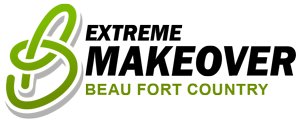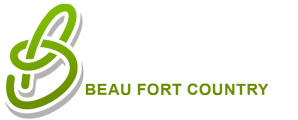Those born with extra wavy hair should consider themselves lucky as the rest of us — who acquired wavelessly thin hair strands — will have to work on adding waves to our hair in the future. Depending on your hair type, you can achieve this outcome in anywhere from a few weeks to several months using a wave brush.
What is a Wave Brush?
Wave brushes were typically designed for African Americans. These brushes contain extremely soft or very hard natural bristles and synthetic bristles combined, to relieve hair of static cling or flyaway strands by distributing the hairs own natural oils to provide moisture throughout each strand.
They are inexpensive brushes, shaped ergonomically to cling to the scalp and train the hair to produce waves while smoothing hair cuticles down from a lifeless frizz to a head full of bouncy manageable, soft curls. However, it takes patience and daily repetition to achieve this goal.
Generally, wave brushes look just like regular hairbrushes but some have long handles where others have none. In addition, there are a variety of different types of wave brushes including round, double-sided, paddles, and vented.
Double-sided wave brushes are usually made with a combination of hard and soft bristles, which is like getting two brushes with one purchase.
Paddles are great for long hair that’s thick and coarse.
Vented wave brushes work best when used with a blow dryer.
To encourage wavy hair, using a wave brush, brush your hair in the direction of hair growth.
The Differences between Soft and Hard Wave Brushes
The difference between a soft wave brush and a hard one lies in the bristles. Wave brushes with soft bristles are better for short, wavy hair- where wave brushes with hard bristles are best for long, thick hair as they work through every strand without applying a lot of pressure that can snap, pull, and break hair. Thus, hard brushes work best for achieving wavy hair as they tend to hold the hair in place better.
Soft brushes are good for:
- Curly hair
- straight hair
- Flattening hair
- Short hair
- Flexibility, that lasts longer than hard brushes
Hard brushes are good for:
- Smoother curls.
- Producing waves faster
- Laying down your hair while showering
- Maintaining more manageable hair
What to Look for in a Wave Brush for Different Hair Types
If you are looking to train your hair to create waves, you might want to consider using a palm brush with an ergonomic design to add comfort when using and there are compact sizes to help give you more control. If you have long, thick hair, a paddle wave brush with hard bristles will help to keep your hair shiny and sleek. For short hair, use a soft bristle wave brush so that you won’t aggravate your scalp when brushing.








